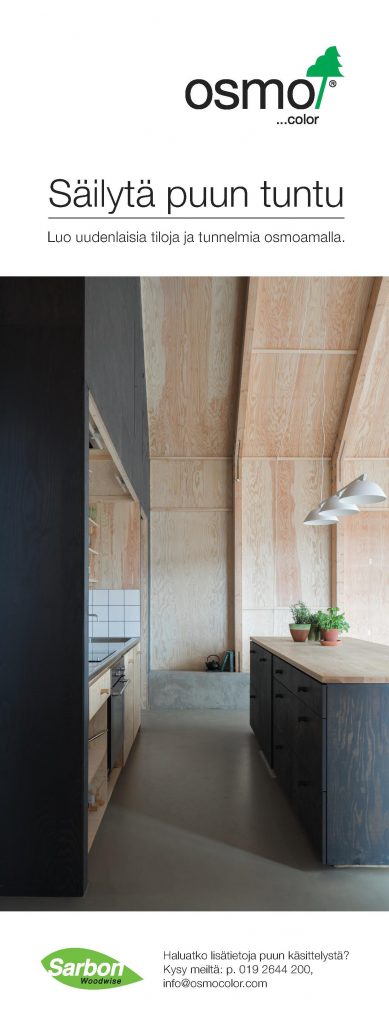Reflections on changes in customer behavior

The article has been published in June 2021 in Wood magazine 1/2021.
Text: Mia Heiskanen
Read the article in Finnish: Pohdintoja asiakaskäyttäytymisen muutoksesta
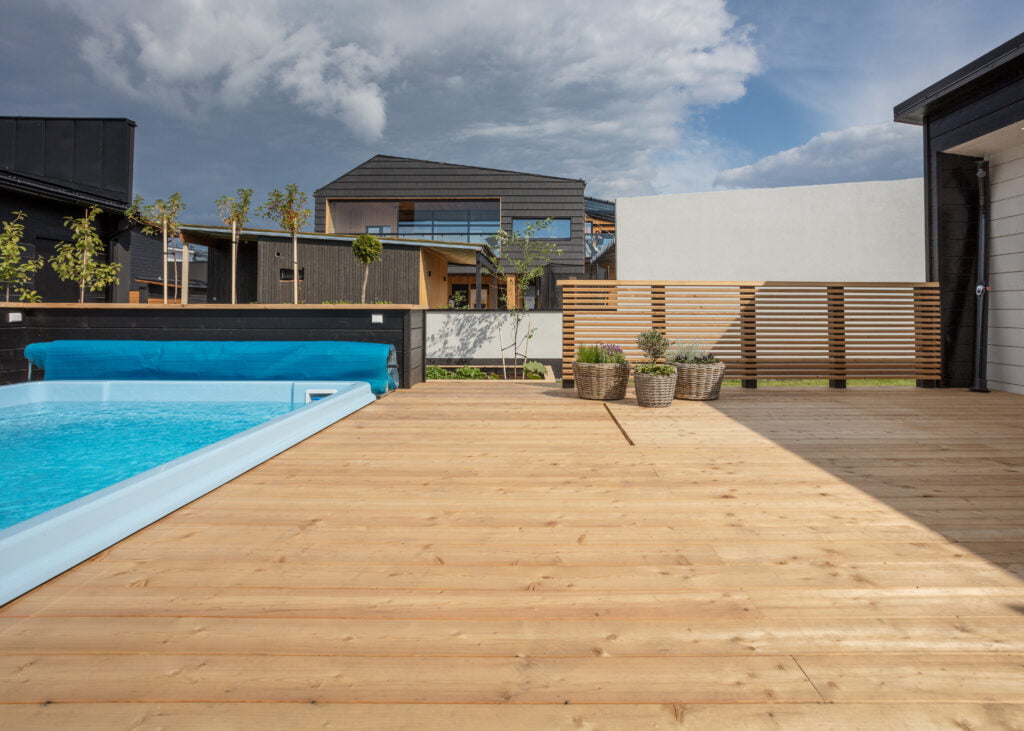
The Finnish passion for construction, renovation, and carpentry has spiked over the past year. Are changes in customer behavior evident to those working in sales in construction companies and in hardware store lumber departments and if so, how? How are these changes reflected in demand?
– Consumers are very knowledgeable these days. As we know, there is a huge volume of information available online and on social media, which has resulted in this sector being turned on its head. People now do plenty of research, which means that consumer awareness and knowledge have increased exponentially. Things like Facebook discussion groups, where members trade views on construction materials used in a new daycare centre, serve to reinforce people’s views and opinions. A group may demand that a municipality build its next kindergarten in a specific way. This is part of the everyday reality that companies in the construction industry should wake up to, says Mikko Leino, CEO of Puurakentajat Group Oy – a specialist in solid wood construction.
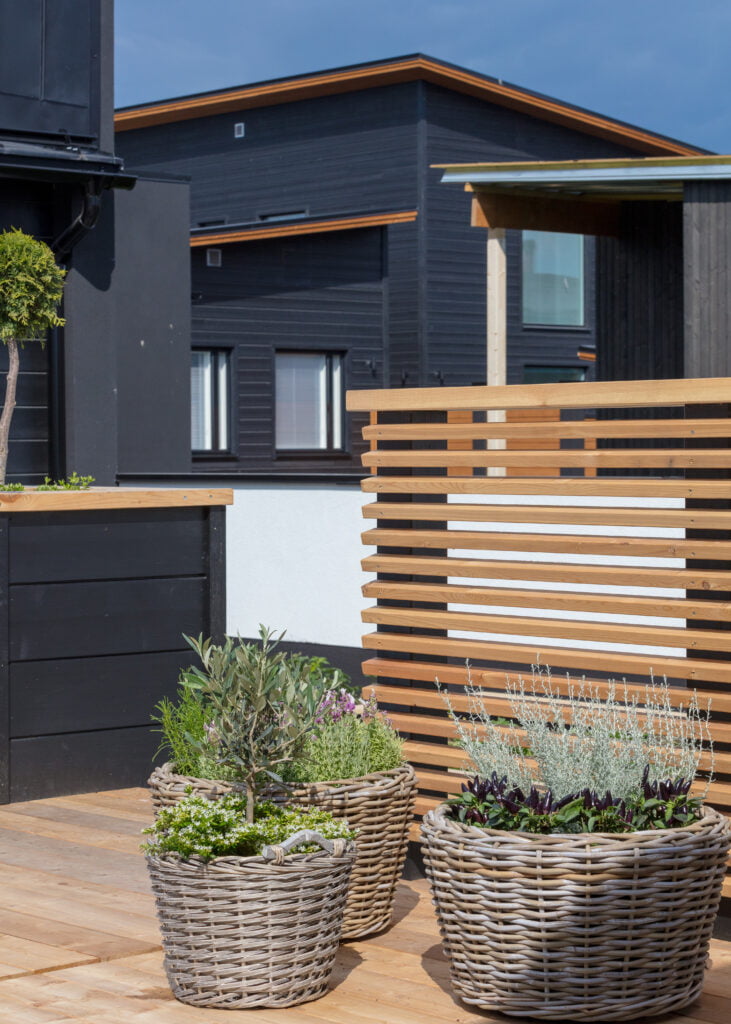
According to Leino, companies in the sector must decide whether their company strategy will follow changes in customer behaviour or carry on as before.
– Personally, I do not see a future where we use insulation made from oil all the way from Venezuela or line buildings with plastic vapour barriers that cause moisture condensation in Finnish climate conditions. Companies can try to put a good spin on things, but consumers are smart and educated. They will eventually take their business elsewhere if needed. Ever growing numbers of consumers are already weighing health and environmental issues in their choices. And it’s good to remember that companies can’t affect consumer behaviour in the end; it simply lives a life of its own. We can only serve consumers the best we can.
Consumers already consider the lifecycle costs of materials
Consumer awareness is already evident in the requests for tender sent to construction companies.
– In the past, consumer requests for tender for their family and holiday homes focused on architectural drawings on how the house or cottage should look. Requests for tender now include expectations on the type of structure they want to use in the building. Many also want to use larch in the facade. This is probably partially due to its trendiness as a material. However, people are also aware that larch need much less repainting and maintenance over its lifecycle. In my opinion, this shows that consumers are aware of the lifecycle costs of different materials and know how to account for them in their own plans. Leino also brings up the current discussion on wood construction costs.
– There is an ongoing debate about whether wood construction should be cheaper. Personally, I would rather ask: why should construction be cheap? Shouldn’t the question be more about quality if we are thinking about lifecycles? If the goal is finding cost savings during construction, it is the current value chains that should change. They should move away from the current model of construction project management with its dozens of subcontractors. Construction costs do not come from framework solutions. Rather, they come from how processes work in the value chains.
Strong growth in wood product sales
The Finnish passion for investing in family and holiday home construction and renovation is also evident in the wood product sales of Stark Finland.
– Last year was a year of strong growth across the board, including in product groups where sales have been declining for several years, says Senior Sourcing Manager Seppo Kouvonen.

According to Kouvonen, wood product sales are no longer so strongly concentrated in the summer; rather, they are now yeararound. This development applies to terrace products in particular.
– The growth in larch sales has been in a class of its own for the last five years. We are talking about at least double-digit growth figures on an annual basis. Kouvonen believes that TV shows featuring interior decoration and holiday home renovation affect demand.
– Part of this is of course merely due to Stark’s customer profile, which is more weighted towards professionals than consumers. When it comes to materials, larch is rocking the sales in building materials stores.
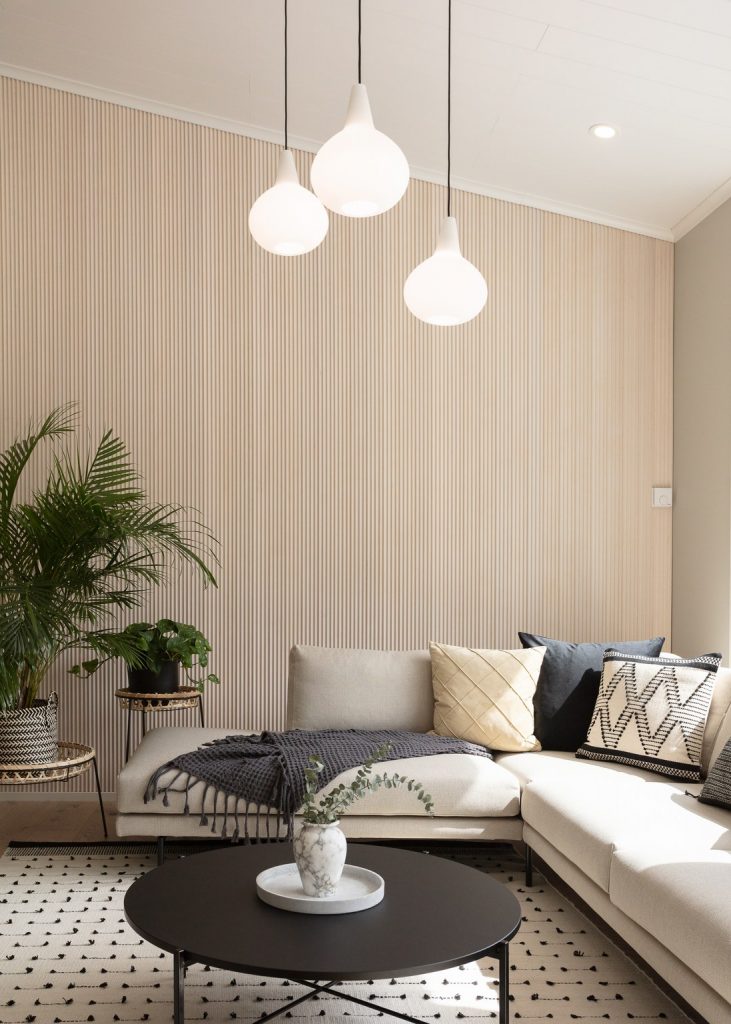
– We can see the impact of TV programs in the demand. They create trends, and larch would now appear to be a trendy material. People also appreciate environmental friendliness, and larch is a completely unprocessed wood material that is merely sawn and planed. This appeals to consumers. Other enduring yard construction favourites are pressure-treated wood, heat-treated lumber and composite wood. Today it seems that people generally no longer just build terraces. Rather, they want entertainment areas with lights, hot tubs, grills, and equipped summer kitchens. Thus, when we talk about how terrace building has really taken off, we are talking about more product groups than just boards. Wood product sales for interior construction projects have also developed well.
– Last year, sales of interior wood panels and sauna products did exceptionally well. Earlier, saunas almost exclusively had spruce paneling. Today, saunas may even use composite panels.
The touchy-feely aspects of wood
The influence of the internet on purchase decisions is also evident in building materials stores.
– Customers search online for ideas and information on different materials in advance before coming to the store and often have a very clear idea of what they want. In wood sales however, how the material feels is a significant factor in the final purchase decision. Choices made in advance may change on the fly, and we see that customers are willing to pay more for quality.
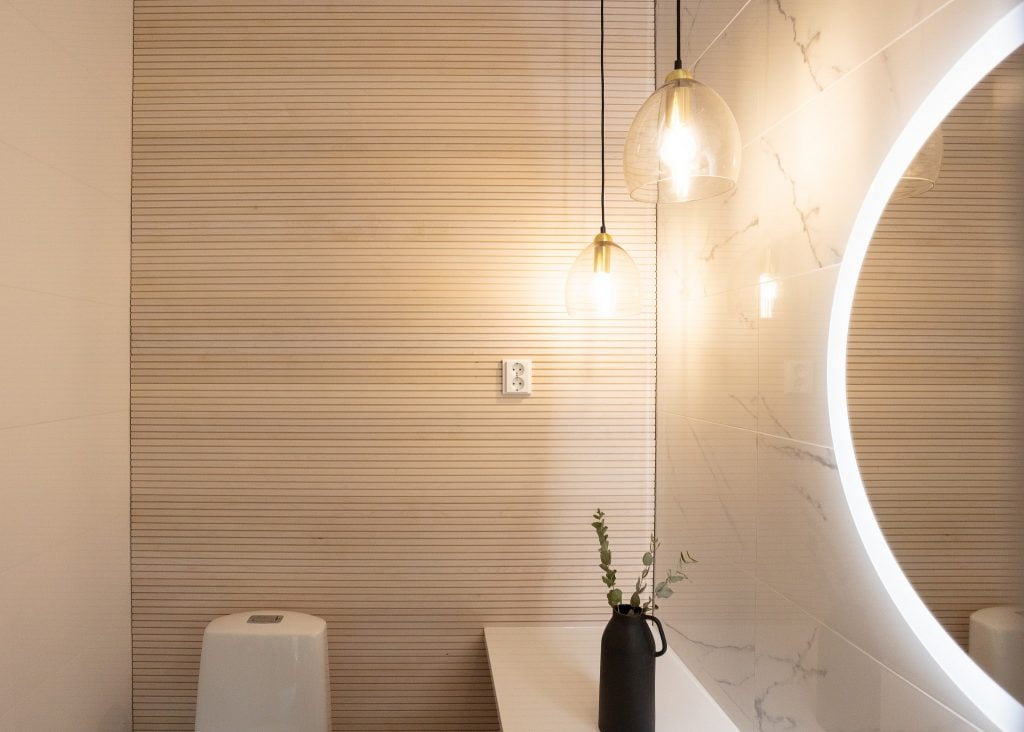
A mismatch between architects’ choices and what is in the stores
Supply naturally has its own effects on consumer choices.
– It’s good that wood product manufacturers strive to meet consumer demand by innovating and bringing new and different surface and colour options to market.
In reference to public construction, Kouvonen points out:
– It has been great to see wood being used more and more in public construction. However, architects often select wood materials that are not on offer in consumer stores. Consumers may be inspired by the materials they see in the library, for example, and then look for them in vain when they come to the building supplies store. Stores do need to take a good look in the mirror here: could they offer products that would also appeal to architects?
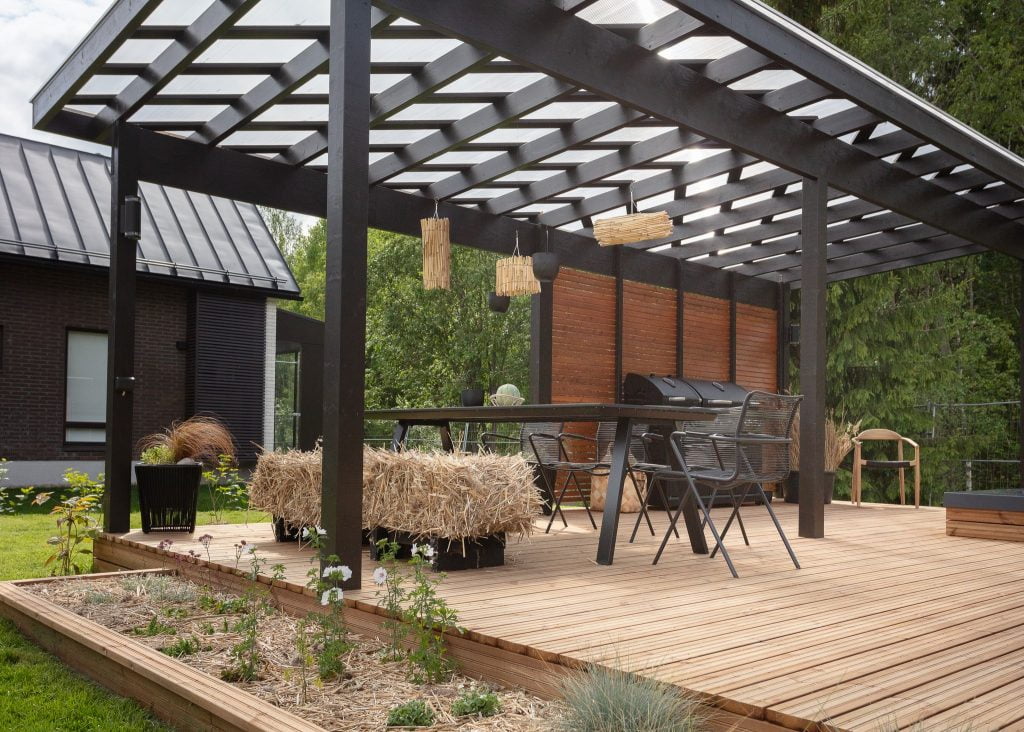
- Read the whole Wood magazine 1/2021.
- The next magazine will be published in October 2021. Subscribe it now.
- Articles selected by Wood Magazine advertisers are published as e-articles in addition to the print magazine.
